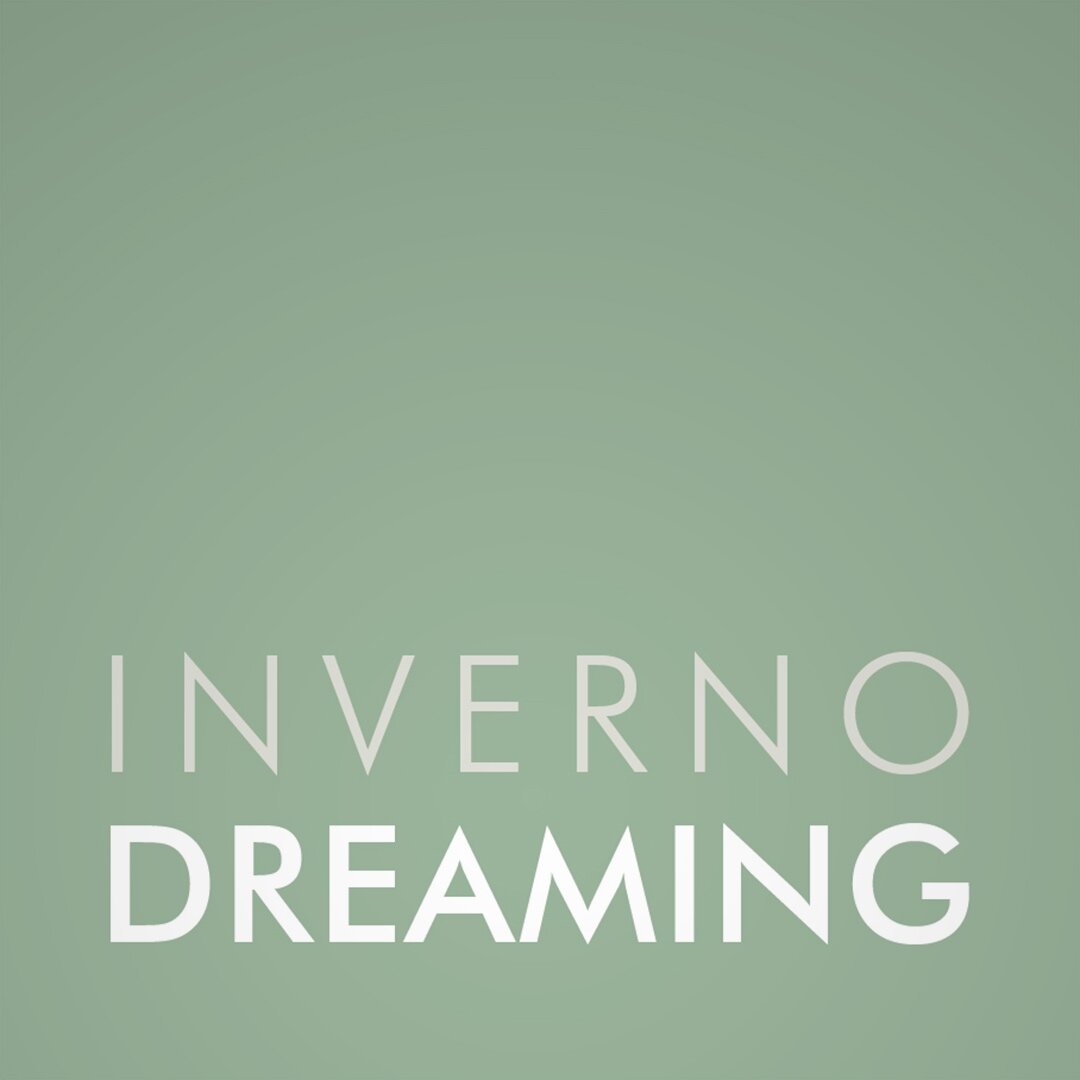Something that has bugged me ever since I started scanning has been curly film. For 20 years I worked in the lithographic print industry and remember well the drum scanning machines and the lengths the operators went to mount transparencies on the drum. Air cans, squirrel hair brushes, wet mounting in oil to avoid Newton Rings and optically clear film overlays to secure the transparencies completely flat around the drum. All a far cry from the plastic film holders with their flimsy frame clamps that are supplied with most flatbed scanners.
While scanning all too often I've dropped in a strip of film, clamped it down only to see the film bellying out. Thoughts of wet drum scanning nagging in the back of my mind. My solution until now has been to weigh down the film. After developing and drying, my best option was days underweight to try and achieve a degree of acceptable flatness. 120 film is flatter but not always great. 35mm; especially black and white can be terrible, the plastic clamps doing little or nothing to help.
After speaking to my friend Nicola Neri, a Milan based portrait photographer, whose beautiful film portraits often feature film borders. Borders are an indication that he is doing something different, his recommendation was to purchase a sheet of anti-reflective glass and to simply lay the negative direct on the scanner bed and place the glass sheet on top. My initial experiment was to purchase a sheet of 30 x 20cm etched defused anti-glare glass from a local picture framing shop.
Etched defused anti-glare glass is slightly frosted on one side, It’s the type of glass that was used before the clear modern anti-reflective coated glasses in use today. By placing the negative emulsion side down on the scanner bed and then placing the frosted surface of the etched glass on the non-emulsion side, unsightly Newton Rings were avoided.
Unsightly Newton Rings are avoided by placing the etched surface of glass against the non-emulsion side of the negative.
However, there are three disadvantages to this: theoretically the film should be just above the glass for perfect scanning focus; not directly on it. Only one scan can be made at the time, each frame needing to be masked and scanned before moving on to the next. Finally, the scan is back to front.
The third point is no big deal it is easy to flip the image in post-processing. The first and second are, and so to achieve the correct height and position the use of the scanner frames was necessary. Removing the clamp on the 120 frame was easy, a slight twist and out it popped. The next step was to have strips of etched glass cut to fit the channels of the film frame. On my 35mm frame, it was necessary to cut away some small lugs of plastic that held the 35mm strip in place at the leading edge, this was required in order to get a clear channel for the negative and glass to sit in. With clamps removed the negative can be placed in their original position but clamped down by the weight of the glass. The glass now completely flattens the film and the frame holder keeps it at the ideal height and in position so that the software can make multiple scans. The total cost of the cut and polished glass was £12.00 (approximately €15.00/$17.00) and for me, a cost-effective solution to control film curl.
Scanner featured is a Epson v500, glass is Matobel etched defused anti-glare glass.







